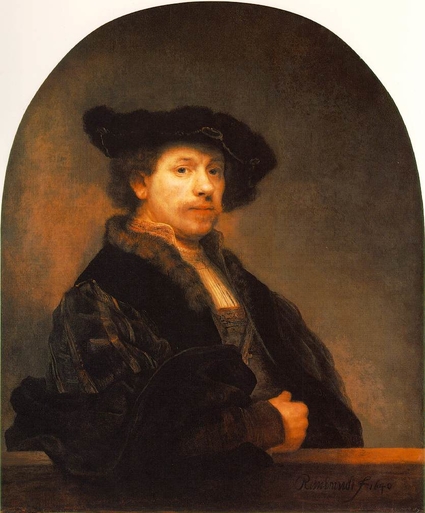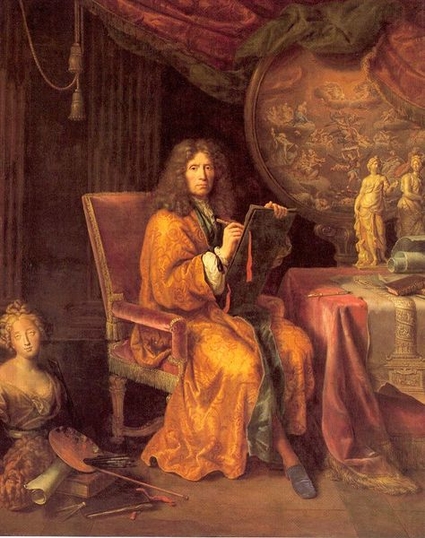MyGrave
Christopher West and Aline Weyel of the Rietveld Art Academy presented their project about what happens when you die. Will your digital profile turn into a gravestone?
Aram Bartholls
Katja Novitskova elaborated on Aram Bartholls work, which represents a new area of making art, using digital and virtual words to inspire the real world, shown on i.e. ARS Electronica and club Transmediale.
Self-portraits
Self-portraits have been known since the middle ages. They were further developed during the fifteenth and sixteenth century, for example by Durer and Leonardo da Vinci.
Kasia Rypinkska discussed this subject.
Around 1630 the self- portrait had a well-established role in promoting and sustaining an artist's reputation in Europe. Most sixteenth- and seventeenth- century artists did not depict themselves in working clothes with the tools of their trade. To do so would be to associate themselves with the craft profession of the humbler classes. They presented themselves instead as perfect gentelmen relaxing with one gloved hand in a setting that hinted at a princely lifestyle.
How did the artists want to be seen and why did Rembrandt paint 75 self-portraits? We tried to give an answer to those questions during this meeting on self representation in seventeenth century art.
Self portraits of the seventeenth century led to a new form of self promotion
The self-portrait can be a very effective form of advertising for an artist, especially for a portrait painter. Dürer was not really interested in portraits commercially, but made good use of his extraordinary self-portraits to advertise himself as an artist, something he did in a very sophisticated way. Rembrandt made his living principally from portrait-painting during his most successful period, and like Van Dyck and Joshua Reynolds, many of his portraits were certainly intended to advertise his skills. With the advent of regular Academy shows, many artists tried to produce memorable self-portraits to make a name for themselves on the artistic stage.
The self-portraits of artists suffering mental illnesses give a unique possibility to physicians for investigating self-perception in people with psychological, psychiatric or neurological disturbances.


